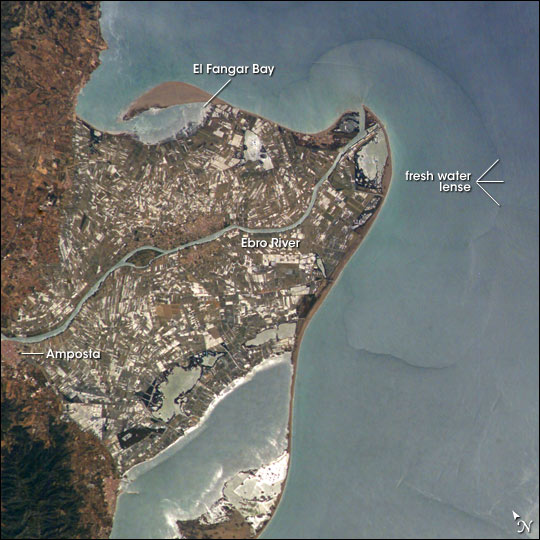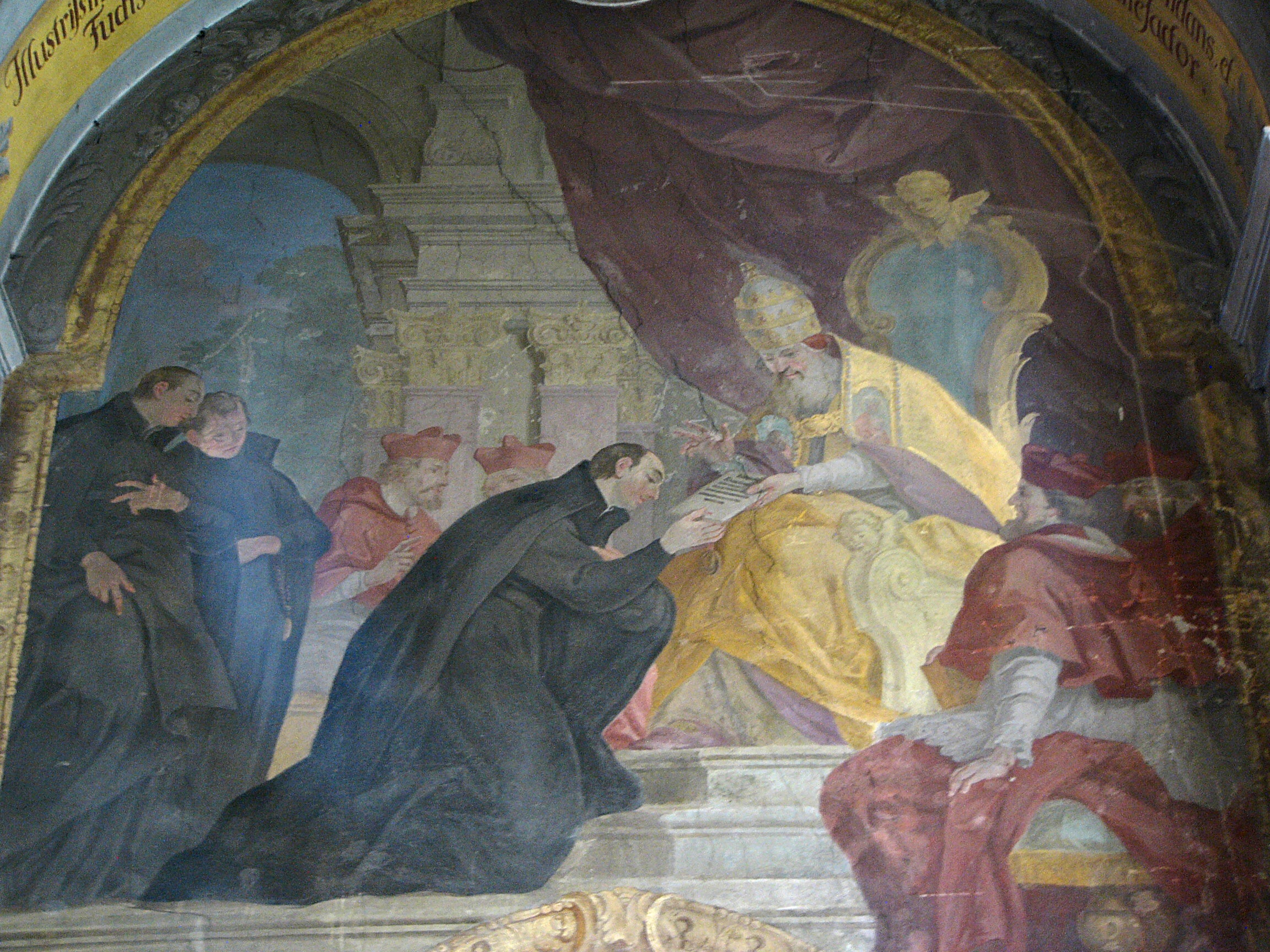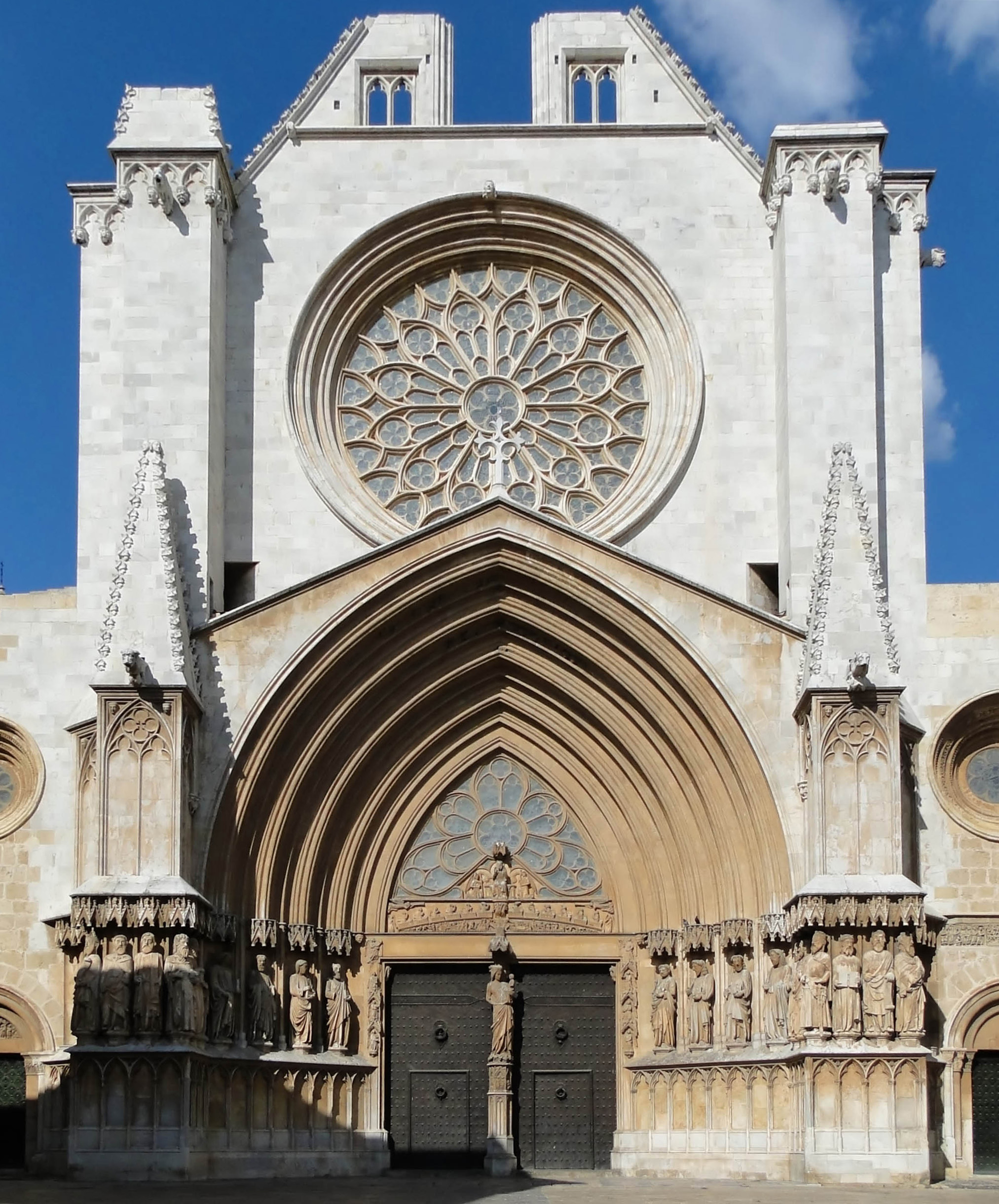|
Chemical Institute Of Sarrià
Chemical Institute of Sarrià (, , IQS) is an educational institution that manages two schools of the Ramon Llull University: IQS School of Engineering and IQS School of Management. Both schools offer masters and doctorate programs. History Eduard Vitòria i Miralles founded Chemical Laboratory of the Ebre at Roquetes, Tarragona, in August 1905. In 1916 he moved it next to St. Ignatius College in Sarrià, where it acquired the name Chemical Institute of Sarrià. In 1965 the Ministry of Education recognized it as a State Higher Technical Education Center. In 1984 it ceased to be a legally dependent centre of the Society of Jesus and became a foundation governed by a board of trustees. On 1 March 1990 it joined with other institutions in becoming Ramon Llull University, the first private university in Catalonia as approved by the Parliament of Catalonia on 10 May 1991, then called the IQS School of Engineering and IQS School of Management (formerly School of Economics ADE). In ... [...More Info...] [...Related Items...] OR: [Wikipedia] [Google] [Baidu] |
Ebro
The Ebro (Spanish and Basque ; , , ) is a river of the north and northeast of the Iberian Peninsula, in Spain. It rises in Cantabria and flows , almost entirely in an east-southeast direction. It flows into the Mediterranean Sea, forming a delta in the Terres de l'Ebre region, in southern Catalonia. In the Iberian peninsula, it ranks second in length after the Tagus and second in discharge volume, and drainage basin, after the Douro. It is the longest river entirely within Spain; the other two mentioned flow into Portugal. The Ebro flows through many cities (): Reinosa in Cantabria; Frías and Miranda de Ebro in Castile and León; Haro, Logroño, Calahorra, and Alfaro in La Rioja; Tudela in Navarre; Alagón, Utebo, and Zaragoza in Aragon; and Flix, Móra d'Ebre, Benifallet, Tivenys, Xerta, Aldover, Tortosa, and Amposta in the province of Tarragona (Catalonia). Geography Upper part and tributaries The source of the river Ebro is in the Cantabrian Moun ... [...More Info...] [...Related Items...] OR: [Wikipedia] [Google] [Baidu] |
Catalonia
Catalonia is an autonomous community of Spain, designated as a ''nationalities and regions of Spain, nationality'' by its Statute of Autonomy of Catalonia of 2006, Statute of Autonomy. Most of its territory (except the Val d'Aran) is situated on the northeast of the Iberian Peninsula, to the south of the Pyrenees mountain range. Catalonia is administratively divided into four Provinces of Spain, provinces or eight Vegueries of Catalonia, ''vegueries'' (regions), which are in turn divided into 43 Comarques of Catalonia, ''comarques''. The capital and largest city, Barcelona, is the second-most populous Municipalities in Spain, municipality in Spain and the fifth-most populous List of metropolitan areas in Europe, urban area in the European Union. > > > ''Catalonia'' theoretically derived. During the Middle Ages, Byzantine Empire, Byzantine chroniclers claimed that ''Catalania'' derives from the local medley of Goths with Alans, initially constituting a ''Goth-Alania''. Othe ... [...More Info...] [...Related Items...] OR: [Wikipedia] [Google] [Baidu] |
University Ramon Llull
University Ramon Llull (, URL; ) is a private university located in Barcelona, Catalonia, Spain established in 1990. Currently it is made up of several different colleges specializing in different subjects; most of which are located in downtown Barcelona. History University Ramon Llull is named after Ramon Llull, a famous writer and philosopher born in the 13th century. University Ramon Llull was founded by four educational institutions to which others were added later on. The URL is composed of: * ESADE (Escola Superior d'Administració i Direcció d'Empreses) (1958). * La Salle Engineering and Architecture (1903). * IQS (Institut Químic de Sarrià) - Chemical Institute of Sarrià (1905) and its two schools: IQS School of Engineering and IQS School of Management * Blanquerna Foundation (1948). * Pere Tarrés University School of Social Studies (1998). * Ebro Observatory Research Institute (1904). * Vidal i Barraquer Foundation - University Institute of Mental Health (1964). * ... [...More Info...] [...Related Items...] OR: [Wikipedia] [Google] [Baidu] |
Jesuit Universities And Colleges
The Society of Jesus (; abbreviation: S.J. or SJ), also known as the Jesuit Order or the Jesuits ( ; ), is a religious order of clerics regular of pontifical right for men in the Catholic Church headquartered in Rome. It was founded in 1540 by Ignatius of Loyola and six companions, with the approval of Pope Paul III. The Society of Jesus is the largest religious order in the Catholic Church and has played significant role in education, charity, humanitarian acts and global policies. The Society of Jesus is engaged in evangelization and apostolic ministry in 112 countries. Jesuits work in education, research, and cultural pursuits. They also conduct retreats, minister in hospitals and parishes, sponsor direct social and humanitarian works, and promote ecumenical dialogue. The Society of Jesus is consecrated under the patronage of Madonna della Strada, a title of the Blessed Virgin Mary, and it is led by a superior general. The headquarters of the society, its general curia, ... [...More Info...] [...Related Items...] OR: [Wikipedia] [Google] [Baidu] |
List Of Jesuit Sites
This list includes past and present buildings, facilities and institutions associated with the Society of Jesus. In each country, sites are listed in chronological order of start of Jesuit association. Nearly all these sites have been managed or maintained by Jesuits at some point of time since the Society's founding in the 16th century, with indication of the relevant period in parentheses; the few exceptions are sites associated with particularly significant episodes of Jesuit history, such as the Martyrium of Saint Denis, Montmartre, Martyrium of Saint Denis in Paris, site of the original Jesuit vow on . The Jesuits have built many new colleges and churches over the centuries, for which the start date indicated is generally the start of the project (e.g. invitation or grant from a local ruler) rather than the opening of the institution which often happened several years later. The Jesuits also occasionally took over a pre-existing institution and/or building, for e ... [...More Info...] [...Related Items...] OR: [Wikipedia] [Google] [Baidu] |
Prince Of Girona
200px, Shield of Princes of Girona The Prince or Princess of Girona (, ) is one of the titles of the heir of the Crown of Spain. The title was historically accorded to the heir apparent or heir presumptive to the Crown of Aragon. Current legislation mandates the title of Prince of Asturias to the heir of the Spanish throne but allows for the use of other traditional titles; the current title-holder, therefore, is Leonor, Princess of Girona. Origin of the title It originated in 1351 when King Peter IV of Aragon named his successor, to whom he conceded the title of Duke of Girona; the title embraced territories of the counties of Girona, Besalú, Empúries and Ausona. In part I of the ''Constitucions i Altres Drets de Cathalunya'', the section headed ''Genealogia dels Reys d'Aragó i Comtes de Barcelona'' speaks of the genealogy of John I of Aragon, son of Peter IV, saying that John and Violant had a son named James, "lo qual intitularen Delphi auphinde Girona". On 19 F ... [...More Info...] [...Related Items...] OR: [Wikipedia] [Google] [Baidu] |
Prince Of Asturias
Prince or Princess of Asturias () is the main substantive title used by the heir apparent, or heir presumptive to the monarchy of Spain, Spanish Crown. According to the Spanish Constitution of 1978: The title originated in 1388, when King John I of Castile granted the dignitywhich included jurisdiction over the territory of AsturiasSuárez González 2000, p. 395. – to his first-born son Henry III of Castile, Henry. In an attempt to end the dynastic struggle between the heirs of Kings Peter of Castile, Peter I and Henry II of Castile, the principality was chosen as the highest jurisdictional lordship the King could grant that had not yet been granted to anyone.Suárez González 2000, p. 394. The custom of granting unique titles to royal heirs had already been in use in the Crown of Aragon (Prince of Girona) and the kingdoms of Kingdom of England, England (Prince of Wales), and Kingdom of France, France (Dauphin of France, Dauphin of Viennois).Coronas González 2001, p. 53. T ... [...More Info...] [...Related Items...] OR: [Wikipedia] [Google] [Baidu] |
Government Of Catalonia
The Generalitat de Catalunya (; ; ), or the Government of Catalonia, is the institutional system by which Catalonia is self-governed as an autonomous community of Spain. It is made up of the Parliament of Catalonia, the President of the Government of Catalonia, and the Executive Council of Catalonia (or council of ministers, also very often referred to as ''Govern'', "Government"). Its current powers are set out in the Statute of Autonomy of Catalonia of 2006. The origins of the Generalitat are in the 13th century when permanent councils of deputies (deputations) were created to rule administration of the Courts of the different realms that formed the Crown of Aragon which gave birth to the Deputation of the General of the Principality of Catalonia (1359), the Deputation of the General of the Kingdom of Aragon (1362) and the Deputation of the General of the Kingdom of Valencia (1412). The modern Generalitat was established in 1931, as the institution of self-government of Ca ... [...More Info...] [...Related Items...] OR: [Wikipedia] [Google] [Baidu] |
Creu De Sant Jordi
The Creu de Sant Jordi (, in English language, English 'St George's Cross') is one of the highest civil distinctions awarded in Catalonia (Spain), surpassed only in protocol by the Gold Medal of the Generalitat of Catalonia, Gold Medal of the Generalitat de Catalunya. It was established by the Generalitat de Catalunya autonomous government by virtue of the ''Decret 457/1981 de 18 de desembre'' in 1981.Normativa: DECRET 457/1981, de 18 de desembre, creant la Creu de Sant Jordi de la Generalitat de Catalunya; DECRET 182/1994, de 14 de juny, pel qual es modifica el Decret 457/1981, de 18 de desembre, creant la Creu de Sant Jordi de la Generalitat de Catalunya The medal was designed by goldsmith Joaquim Capdevila. Recipients *List of Creus de Sant Jordi (Catalonia), List of awardees *:ca:Llista de guanyadors balears de la Creu de Sant Jordi, List of awardees in the Balearic Islands References 1981 establishments in Spain Catalan awards Orders, decorations, and medals of Spa ... [...More Info...] [...Related Items...] OR: [Wikipedia] [Google] [Baidu] |
Society Of Jesus
The Society of Jesus (; abbreviation: S.J. or SJ), also known as the Jesuit Order or the Jesuits ( ; ), is a religious order of clerics regular of pontifical right for men in the Catholic Church headquartered in Rome. It was founded in 1540 by Ignatius of Loyola and six companions, with the approval of Pope Paul III. The Society of Jesus is the largest religious order in the Catholic Church and has played significant role in education, charity, humanitarian acts and global policies. The Society of Jesus is engaged in evangelization and apostolic ministry in 112 countries. Jesuits work in education, research, and cultural pursuits. They also conduct retreats, minister in hospitals and parishes, sponsor direct social and humanitarian works, and promote ecumenical dialogue. The Society of Jesus is consecrated under the patronage of Madonna della Strada, a title of the Blessed Virgin Mary, and it is led by a superior general. The headquarters of the society, its general ... [...More Info...] [...Related Items...] OR: [Wikipedia] [Google] [Baidu] |
Barcelona
Barcelona ( ; ; ) is a city on the northeastern coast of Spain. It is the capital and largest city of the autonomous community of Catalonia, as well as the second-most populous municipality of Spain. With a population of 1.6 million within city limits,Barcelona: Población por municipios y sexo – Instituto Nacional de Estadística. (National Statistics Institute) its urban area extends to numerous neighbouring municipalities within the province of Barcelona and is home to around 5.3 million people, making it the fifth most populous ... [...More Info...] [...Related Items...] OR: [Wikipedia] [Google] [Baidu] |
Tarragona
Tarragona (, ; ) is a coastal city and municipality in Catalonia (Spain). It is the capital and largest town of Tarragonès county, the Camp de Tarragona region and the province of Tarragona. Geographically, it is located on the Costa Daurada area on the Mediterranean Sea, Mediterranean shore. During the period of the Roman Empire, it was one of the most prominent cities of the Iberian Peninsula, as the capital, successively, of the Roman provinces of Hispania Citerior and Hispania Tarraconensis. The Archaeological Ensemble of Tárraco, Archaeological Complex of Tàrraco is a UNESCO World Heritage Site. History Punic Etymology Ta-Aragona name in Phoenician means the Aragona, which is the native Iberian term for the Ebro Vallay. Mythical Origins One Catalan legend holds that Tarragona was named for ''Tarraho'', eldest son of Tubal in c. 2407 BC; another (derived from Strabo and Megasthenes) attributes the name to 'Taharqa, Tearcon the Ethiopian', a seventh-century BC pharaoh w ... [...More Info...] [...Related Items...] OR: [Wikipedia] [Google] [Baidu] |








